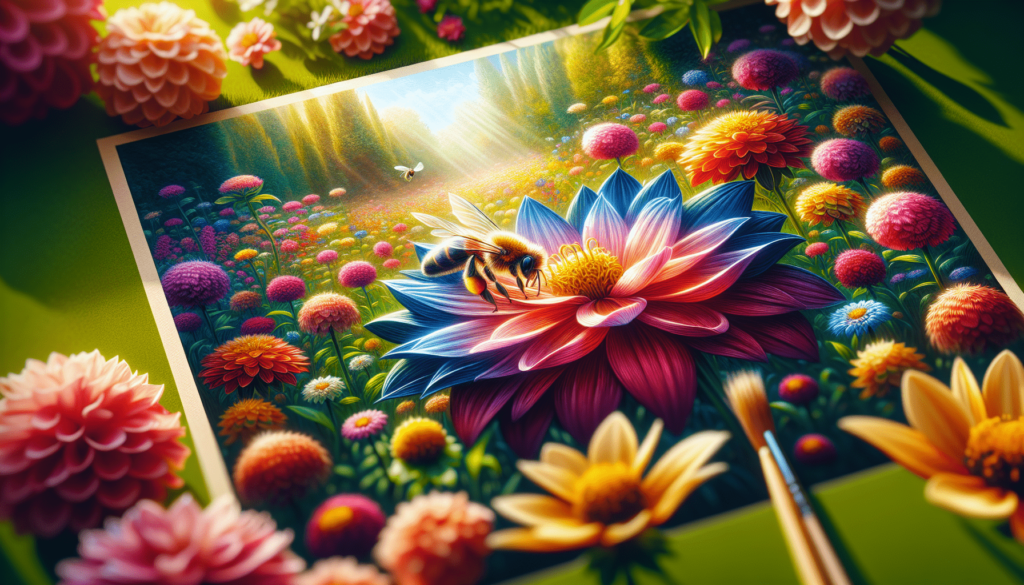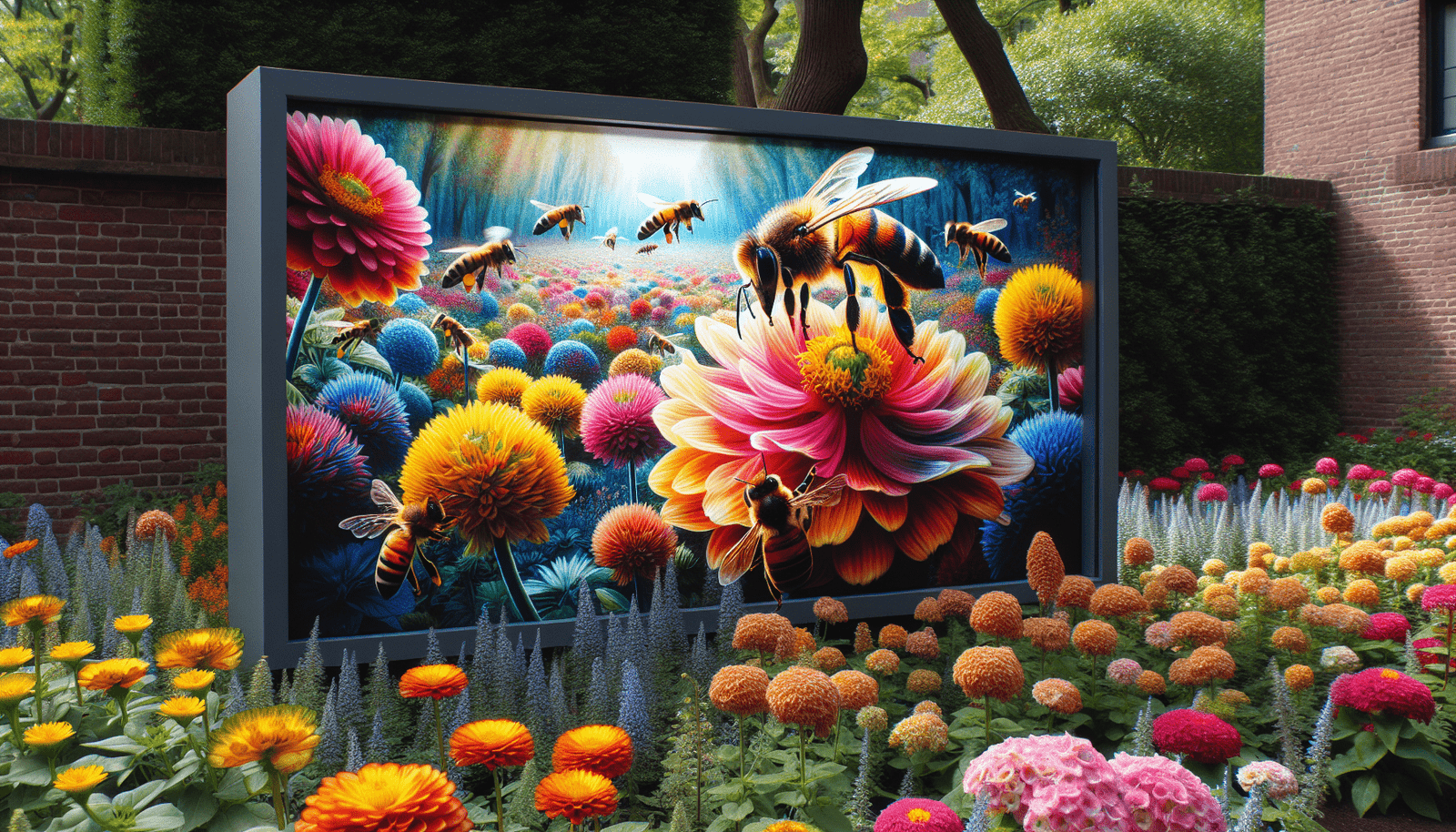Are you interested in creating a space to support pollinators in your garden or backyard?
If you have a passion for gardening or simply want to attract more pollinators to your outdoor space, building a pollinator sanctuary can be a rewarding and essential project. By providing a safe haven for bees, butterflies, birds, and other pollinators, you can play a vital role in supporting biodiversity and the ecosystem. This article will guide you through the key essentials of creating a pollinator sanctuary that will not only benefit these important creatures but also enhance the beauty of your surroundings.

Understanding the Importance of Pollinators
Before you start planning your pollinator sanctuary, it’s crucial to understand the vital role that pollinators play in the environment. Pollinators are responsible for the successful reproduction of flowering plants by transferring pollen from one flower to another, enabling the production of fruits, seeds, and new plants. Without pollinators, many plant species would not be able to reproduce, leading to a decline in biodiversity and food sources for wildlife. By creating a pollinator sanctuary, you can help support these essential creatures and contribute to the health of the ecosystem.
Selecting the Right Location
Choosing the right location for your pollinator sanctuary is key to its success. Pollinators thrive in sunny, sheltered areas with access to food sources and water. Select a spot in your garden or backyard that receives at least six hours of sunlight per day and is protected from strong winds. Avoid areas that are heavily shaded or prone to flooding, as these conditions may not be ideal for pollinators. Additionally, consider planting your sanctuary near existing flowering plants or creating a diverse range of plant species to attract a variety of pollinators.
Designing Your Pollinator Sanctuary
When designing your pollinator sanctuary, aim for a landscape that provides a range of habitats and resources for different pollinator species. Incorporate a mix of flowering plants that bloom at different times of the year to ensure a consistent food supply for pollinators. Choose native plant species whenever possible, as they have co-evolved with local pollinators and are well-suited to the climate and soil conditions of your region. Include a variety of flower shapes, sizes, and colors to attract a diverse range of pollinators, from bees and butterflies to hummingbirds and beetles.
Creating Shelter and Nesting Sites
In addition to food sources, pollinators also require shelter and nesting sites to thrive. Include features like flowering shrubs, trees, and grasses in your pollinator sanctuary to provide cover and protection for pollinators from predators and harsh weather conditions. You can also incorporate nesting habitats such as bee hotels, butterfly houses, and bird boxes to support the reproduction and survival of pollinators. Provide a mix of open and sheltered areas in your sanctuary to accommodate different pollinator preferences and create a welcoming environment for a diverse range of species.

Offering Water Sources
Water is essential for the survival of pollinators, especially during hot and dry periods. Include a water source in your pollinator sanctuary, such as a shallow bird bath, saucer with pebbles, or small pond, to provide pollinators with a place to drink and cool off. Make sure to keep the water source clean and refreshed regularly to prevent the spread of diseases and algae growth. You can also add floating plants or rocks to the water feature to provide landing platforms for pollinators and create a more naturalistic habitat in your sanctuary.
Maintaining Your Pollinator Sanctuary
Once you have established your pollinator sanctuary, ongoing maintenance is essential to ensure its success and longevity. Regularly monitor and assess the health and growth of your plants, removing weeds, deadheading flowers, and pruning as needed to promote healthy growth and blooming. Water your plants regularly, especially during dry spells, and mulch around them to conserve moisture and suppress weeds. Keep an eye out for pests and diseases, and address any issues promptly to prevent them from spreading and harming your pollinators. By taking care of your sanctuary, you can create a thriving ecosystem that supports pollinators and enhances the beauty of your outdoor space.
Engaging with the Community
Building a pollinator sanctuary is not only beneficial for pollinators and the environment but also provides an opportunity to engage with your community and raise awareness about the importance of pollinator conservation. Consider hosting workshops, tours, or events to share your knowledge and passion for pollinators with others in your neighborhood. Collaborate with local organizations, schools, or businesses to promote pollinator-friendly practices and inspire others to create their own sanctuaries. By working together with your community, you can make a meaningful impact on pollinator populations and biodiversity in your area.
Monitoring and Evaluating Success
To assess the effectiveness of your pollinator sanctuary and track its impact on pollinator populations, consider implementing monitoring and evaluation practices. Keep a record of the pollinator species that visit your sanctuary, noting their behavior, preferences, and abundance throughout the year. Use tools like field guides, identification apps, and citizen science programs to identify and record the pollinators in your area accurately. Monitor the health and growth of your plants, observing changes in flowering times, sizes, and colors that may indicate the presence of different pollinator species. By collecting data and evaluating the success of your sanctuary, you can make informed decisions to improve its design and management and continue to support pollinators effectively.
Conclusion
Creating a pollinator sanctuary is a rewarding and essential endeavor that can benefit both pollinators and the environment. By understanding the importance of pollinators, selecting the right location, designing a diverse habitat, and providing shelter, nesting sites, and water sources, you can create a welcoming space for these important creatures to thrive. By maintaining your sanctuary, engaging with the community, and monitoring its success, you can contribute to pollinator conservation efforts and make a positive impact on biodiversity in your area. Remember, every small action counts when it comes to supporting pollinators, so start building your pollinator sanctuary today and be a champion for these vital creatures in your backyard or garden.

